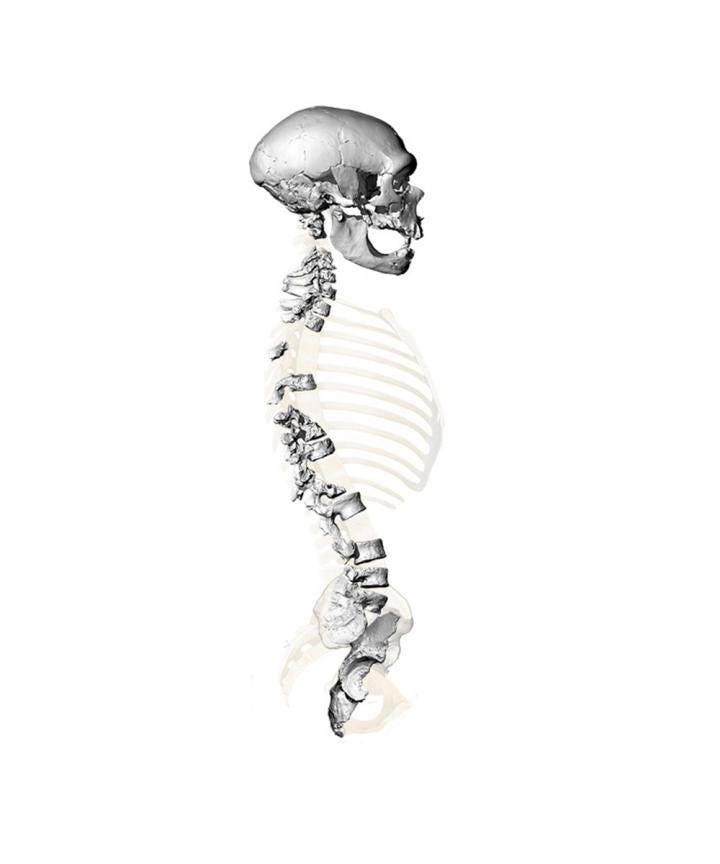# The Neanderthal Diet: More Than Just Meat
Written on
Chapter 1: Unveiling Neanderthal Eating Habits
Recent studies have shifted our understanding of the Neanderthal diet, challenging the long-held belief that they were solely carnivorous. Evidence from various sources, including their tooth enamel and fossilized remains, indicates a far more diverse menu.

Findings from Neanderthal remains in Goyet Cave, Belgium, suggest they consumed significant quantities of meat, including horse and reindeer. However, this was not a universal truth; Neanderthals adapted their diets according to their environments. In warmer and more abundant regions, they likely incorporated a variety of foods beyond just large game.
Section 1.1: The Role of Tooth Enamel
The mouth serves as an important starting point in understanding Neanderthal nutrition. Tooth enamel, the strongest substance in the human body, provides valuable insights into their dietary preferences. Analyzing dental calculus—hardened plaque—has revealed a mix of plant and microbial materials, including traces of DNA.

Research conducted on DNA from dental plaque at El Sidrón in Spain uncovered that some Neanderthals consumed mushrooms, pine nuts, and moss, while samples from Spy Cave in Belgium indicated a more carnivorous diet featuring wild mountain sheep and woolly rhinoceros. This highlights the dietary diversity among different Neanderthal groups.
Subsection 1.1.1: The Structure of Neanderthal Bodies
Neanderthals are known for their distinctive bell-shaped ribcages, which were broader compared to modern humans. Paleoanthropologist Miki Ben-Dor suggests that this body structure evolved to accommodate larger organs, such as the liver and kidneys, adapted for a high-protein diet. Modern humans can only handle about 35% lean protein before experiencing kidney strain. In contrast, Neanderthals may have thrived on higher levels, necessitating a specialized physiology.
Interestingly, contemporary Arctic populations, such as the Inuit, who often consume an all-meat diet, show similar anatomical traits, supporting Ben-Dor's hypothesis.
Section 1.2: Isotopic Evidence of Diet
The saying "you are what you eat" holds true for Neanderthals, as their diet is evident in their bones. Isotopic analysis allows researchers to track the balance of chemical elements like nitrogen and carbon in skeletal remains. Variations in these elements indicate dietary habits, although interpreting these ratios can be complex.
Although many studies suggest a primarily carnivorous diet, it appears that Neanderthals may have been less reliant on meat than some Indigenous populations in the Great Basin of the United States.
Chapter 2: Insights from Fossilized Remains
The final piece of the dietary puzzle lies in fossilized feces, or coprolites, discovered in several archaeological sites, including El Salt in Spain. Archaeologist Ainara Sistiaga analyzed these samples and found evidence of both meat-rich and plant-based diets. Some coprolites contained nematodes, which might have caused health issues for those individuals.
The findings from El Salt, alongside other evidence, indicate that Neanderthals, much like modern humans, adapted their diets based on seasonal availability. This could mean consuming either meat or plants—or often a combination of both.
This exploration is part of a broader series focusing on the Neanderthal body, offering a comprehensive view of their lives and habits.
Anna Goldfield is an archaeologist with a Ph.D. from Boston University, specializing in the dietary habits of Neanderthals and anatomically modern humans. She teaches anthropology at Cosumnes River College and the University of California, Davis, and co-hosts the archaeology podcast The Dirt. Follow her on Twitter @AnnaGoldfield.